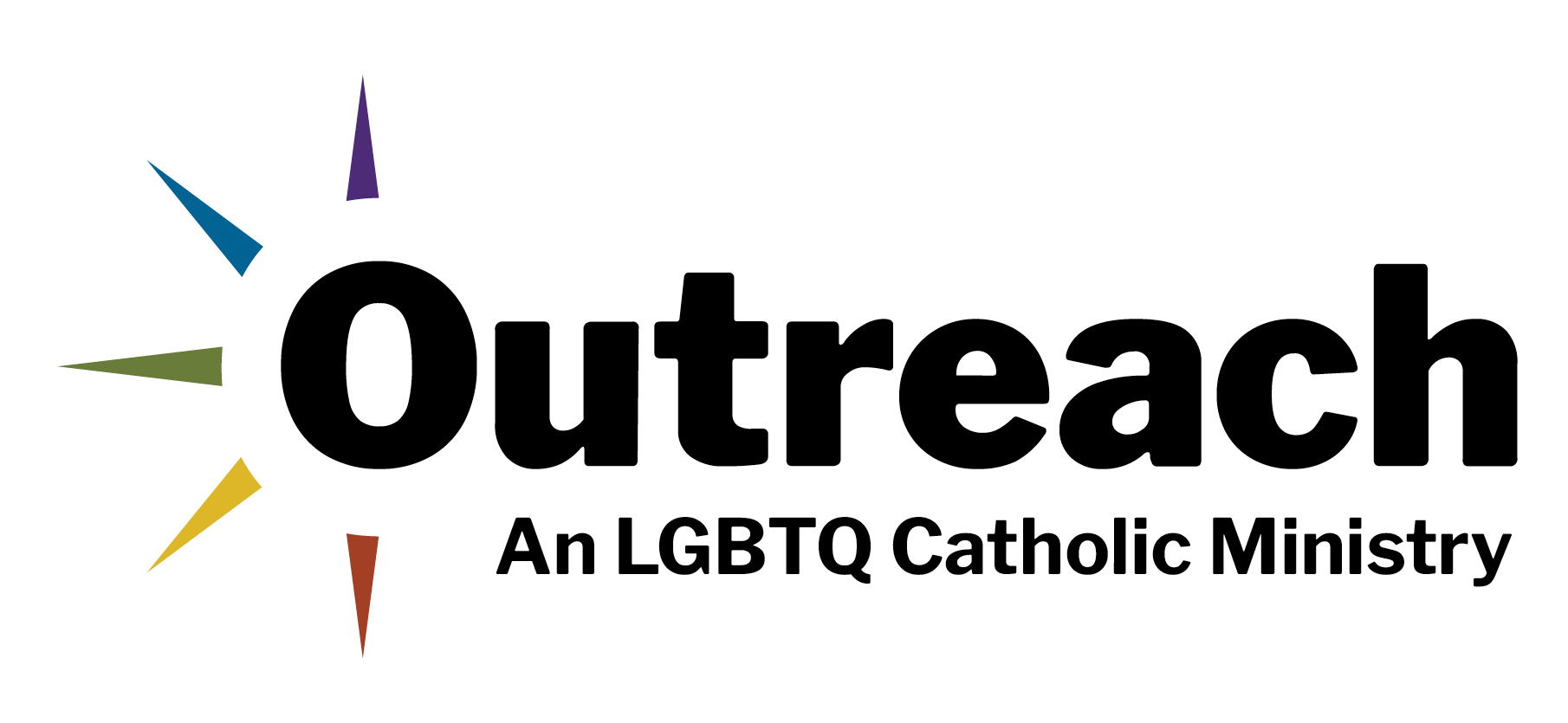In her song “22,” Taylor Swift wryly asks the question, “Who’s Taylor Swift anyway? Ew.”
As difficult as it may be to believe, it was once very cool to hate Taylor Swift. Many of her songs from that era, stretching from roughly 2009 to 2018, are about this phenomenon, perhaps most prominently “Shake It Off,” about how “haters gonna hate (hate, hate, hate, hate).” But this theme was shown off in more nuanced ways on albums like “Reputation,” written in response to a feud with Kanye West that she was dragged into.
That she asks the question at all speaks to a broader lack of understanding about who this woman is. Swift has spent a good deal of time obfuscating her image, especially recently, when she publicly admitted that years of being in the spotlight had taken a psychological toll. Taylor Swift values her privacy, but this opaqueness has led to many people projecting what they want to see onto her—and these projections often seem, at least to me, inaccurate.
Taylor Swift is a woman who values her privacy, but this opaqueness has led to a great many people projecting what they want to see onto her.
Consider the most obvious example: For a significant chunk of her career, Taylor Swift was very much seen as a vapid celebrity whose only concern was which boy’s heart she was going to break next, as she flitted from one boyfriend to another. For the moment, let’s set aside the “slut-shaming” aspect of this and investigate one of the more curious rabbit holes that her dating life has spawned: the “Gaylor” theory.
The theory posits that Taylor Swift has been in the closet her entire career, and that her various boyfriends have merely been beards whom she uses to hide the fact she is secretly gay. To support this theory, so-called Gaylors usually point to things like her friendship with model Karlie Kloss, with whom Taylor became close around 2014 before apparently experiencing a falling out. Other proponents dig deeper into her music, interpreting queerness in her lyrics and in the imagery of certain “eras.” (Taylor famously brands different album releases as eras, which come with unique iconography, color palettes and tones.)
The “Lover” era, which Taylor has referred to as a “glitter gel pen” album, was meant to evoke childish femininity, an embrace of the hot pink sequins and jewel bedazzling that were hallmarks of Taylor’s girlhood in the 1990s and 2000s. Many Gaylors read into this “Lover” era a pronounced queerness, particularly with its release coinciding with Taylor’s “coming out” as a liberal activist, championing anti-racist and pro-LGBT causes. The music video for one of the songs on the album, “You Need to Calm Down,” featured hosts from “Queer Eye,” the trans actress Laverne Cox and multiple contestants from “RuPaul’s Drag Race.”
Taking this into account, one can see why the Gaylor theory started gaining steam. In “Lover,” the theory went beyond wondering whether or not Taylor was dating Kloss. It grew to a fever pitch this month, when the New York Times published a 5,000-word opinion piece that actively speculated on Swift’s sexual orientation.
Who is Taylor Swift? And why are some people so desperate to assign her a queerness that, to me, has always rung false?
But the mystery remains: Who is Taylor Swift? And why are some people so desperate to assign her a queerness that, to me, has always rung false?
Queer projection is a complicated topic. It can often be compelling: queer reading is a useful way of recontextualizing works of art by examining them through a lens that challenges heteronormativity and gender binaries. On the other hand, when left unchecked and applied to a person rather than a work, it can breach ethical boundaries.
To be clear, there is nothing wrong with queering Swift’s discography. Indeed, Taylor is well aware of her role as an LGBTQ ally. Her lyrics might be specific, but their narrative ease feels universal, applicable to many different circumstances of life. So, one can very appropriately and ethically apply queer theory to Taylor’s work.
But Swift has never identified as queer. Some of her songs advocate allyship: In “Welcome to New York,” she sings positively about how, in New York, “You can want who you want / Boys and boys, and girls and girls.” In “You Need to Calm Down,” she coyly sings, “Shade never made anybody less gay,” a criticism lobbed at anti-LGBTQ activists. Other songs, like “Betty,” see her embodying a male character’s perspective. Still, these songs don’t inherently imply anything about Swift’s sexuality.
Discussions of Swift’s supposed queerness have always relied on rumor and speculation. Nothing concrete has ever been unearthed about her sexual orientation. In fact, more evidence seems to exist to support her heterosexuality. In the liner notes for her album, “1989 (Taylor’s Version),” she writes, “If I only hung out with my female friends, people couldn’t sensationalize or sexualize that—right? I would learn later on that people could and people would.” This is perhaps Swift’s most explicit reference to rumors about her sexuality.
Public speculation about the sexuality of any person— celebrity or not—is wrong.
Public speculation about the sexuality of any person—celebrity or not—is wrong. It is unethical and immoral, placing an undue amount of pressure on someone to publicly out themselves. In one case, Taylor is straight and a group of people have harassed her and demanded something of her that she cannot give them. In another case, Taylor is gay and this group has forced her to come out of the closet, when that choice should always be up to her. No one is responsible for outing themselves, especially if the motivation for that outing is pure conjecture.
So, who is Taylor Swift, anyway?
Taylor Swift is someone who supports the LGBTQ community. She is a private person, who values control over her own image. She is also someone who should be afforded enough respect to not be subjected to public speculation over what is exclusively her business. At the end of the day, Taylor Swift is simply Taylor Swift. And unless she chooses to tell us otherwise, what we see is what we get.




